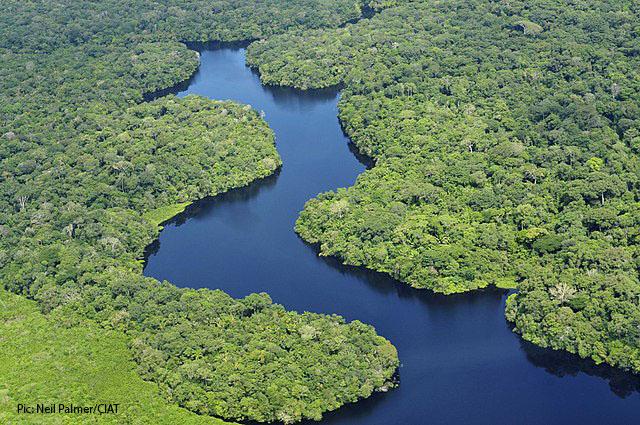Brazil to Use SEEA to Calculate Green Domestic Product

Brazil has been one of the pioneers in beginning compilation of System of Environmental-Economic Accounting (SEEA) accounts in South America. The Brazilian Institute of Geography and Statistics (IBGE) has made important advances in land cover and use studies, and as part of the EU-funded project, Natural Capital Accounting and Valuation of Ecosystem Services, Brazil will make further inroads into environmental-economic accounting with pilot SEEA Experimental Ecosystem Accounts. And now Brazil can count itself as one of the pioneers in adopting the SEEA for policy as well. President Michel Temer recently signed a new law requiring the calculation of Green Domestic Product in Brazil. The legislation, which was signed on 17 October 2017, stipulates that the IBGE is required to calculate the Green Domestic Product of Brazil, which includes the valuation of national ecological capital.
The legislation states that the computation of Green Domestic Product must take into consideration national and international initiatives. In particular, the legislation makes explicit mention of the SEEA as the international standard for measuring the environment and its relationship with the economy. The legislation stipulates that the computation of Green Domestic Product must be aligned with the SEEA in order to allow for comparability with other countries. Technical aspects of the legislation were previously discussed with IBGE.
To begin calculating Green Domestic Product, IBGE will develop a methodology aligned with the SEEA, which will be made available to the public and public institutions, including the National Congress, for comment. Once the methodology has been developed, Brazil will officially adopt SEEA accounts and begin publishing their Green Domestic Product figures. Green Domestic Product will be a regular part of IBGE’s work, as the law also mandates that Green Domestic Product should be published on a yearly basis, if at all possible.
